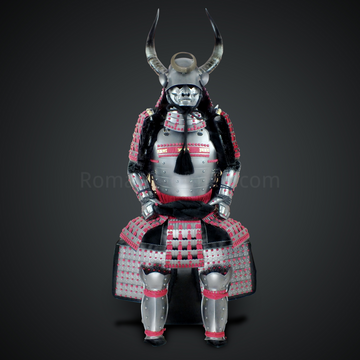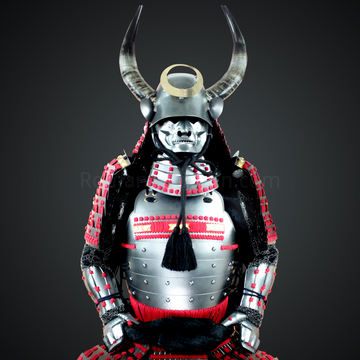Utsuri in Japanese Katana terminology
What is Utsuri in Japanese Katana terminology?

"The term ""Utsuri"" (映り) refers to a phenomenon observed on the surface of a Japanese sword. It is a type of reflection that appears like a 'shadow' when light is reflected on the flat surface (Hiraji) of the blade. This reflection can vary in appearance, contributing to the aesthetic qualities of the sword.
There are two main types of Utsuri: ""Midare-Utsuri"" and ""Bo-Utsuri"".
""Midare-Utsuri"" (乱映り) refers to an irregular or disturbed reflection. The term ""Midare"" translates to 'disorder' or 'chaos', indicating the non-uniform pattern of this reflection.
On the other hand, ""Bo-Utsuri"" (棒映り) refers to a straight reflection. The term ""Bo"" translates to 'stick' or 'rod', indicating the straight and uniform pattern of this reflection.
These reflections are not only important for the sword's aesthetic appeal but also serve as a crucial factor in the appraisal of the sword. They enhance the charm of the Japanese sword for collectors and are considered an essential element in evaluating the artistry of the sword."






